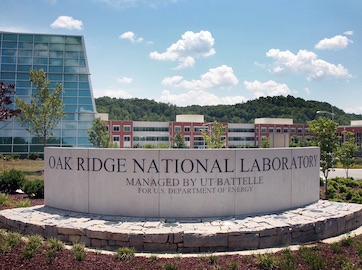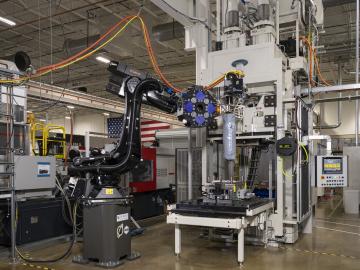Filter Results
Related Organization
Researcher
- Ahmed Hassen
- Vipin Kumar
- David Nuttall
- Uday Vaidya
- Dan Coughlin
- Subhabrata Saha
- Umesh N MARATHE
- Brian Post
- Brittany Rodriguez
- Craig Blue
- Georges Chahine
- Greg Larsen
- Jim Tobin
- John Lindahl
- Josh Crabtree
- Kim Sitzlar
- Komal Chawla
- Merlin Theodore
- Parans Paranthaman
- Pum Kim
- Segun Isaac Talabi
- Soydan Ozcan
- Steven Guzorek
- (-) Vlastimil Kunc

Through the use of splicing methods, joining two different fiber types in the tow stage of the process enables great benefits to the strength of the material change.

Liners in Type-IV hydrogen storage tanks often fail due to hydrogen saturation, additional weight and design limitations due to expensive tooling for conventional molding technique.

Important of the application is enabling a cost-effective precision manufacturing method Current technology is limited to injection molded individual pi-joints limiting control of pi-joint direction, this creates hurdle in introducing high volume production to the composite in

Additive manufacturing followed by compression molding (AM-CM) is a hybrid manufacturing process that combines the benefits of AM and CM to produce high-performance functional composite structures for automotive production.

This technology combines 3D printing and compression molding to produce high-strength, low-porosity composite articles.

Innovative low-shear extrusion and compression method for high-density bonded permanent magnets with uniform magnetic properties.

An innovative rapid manufacturing method for tailored fiber preforms with controlled fiber alignment for enhanced mechanical properties.

